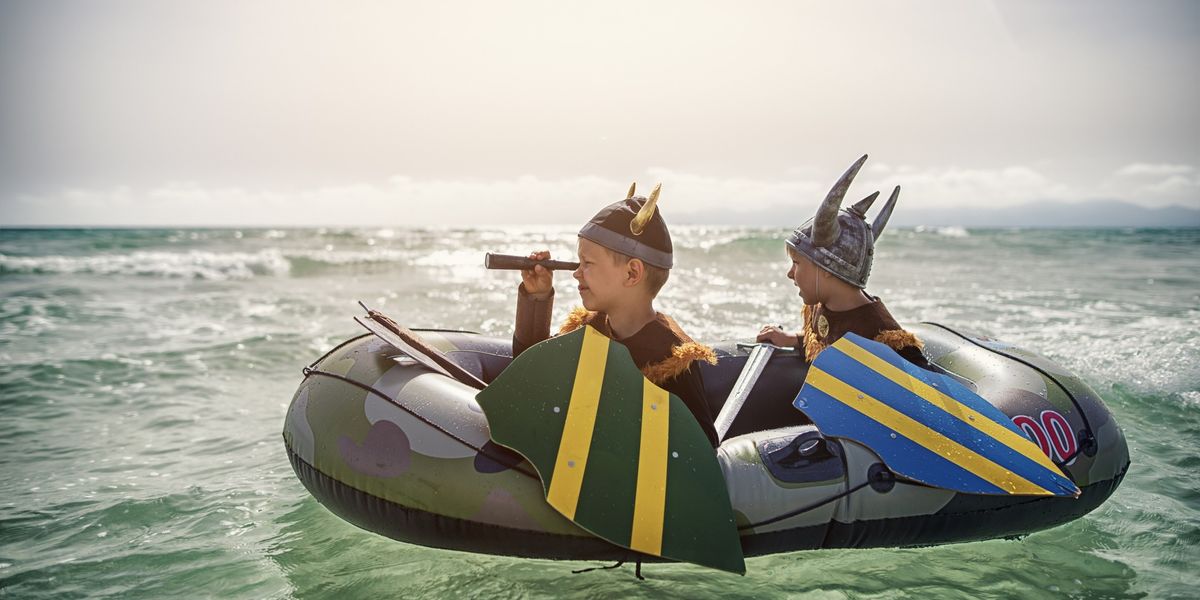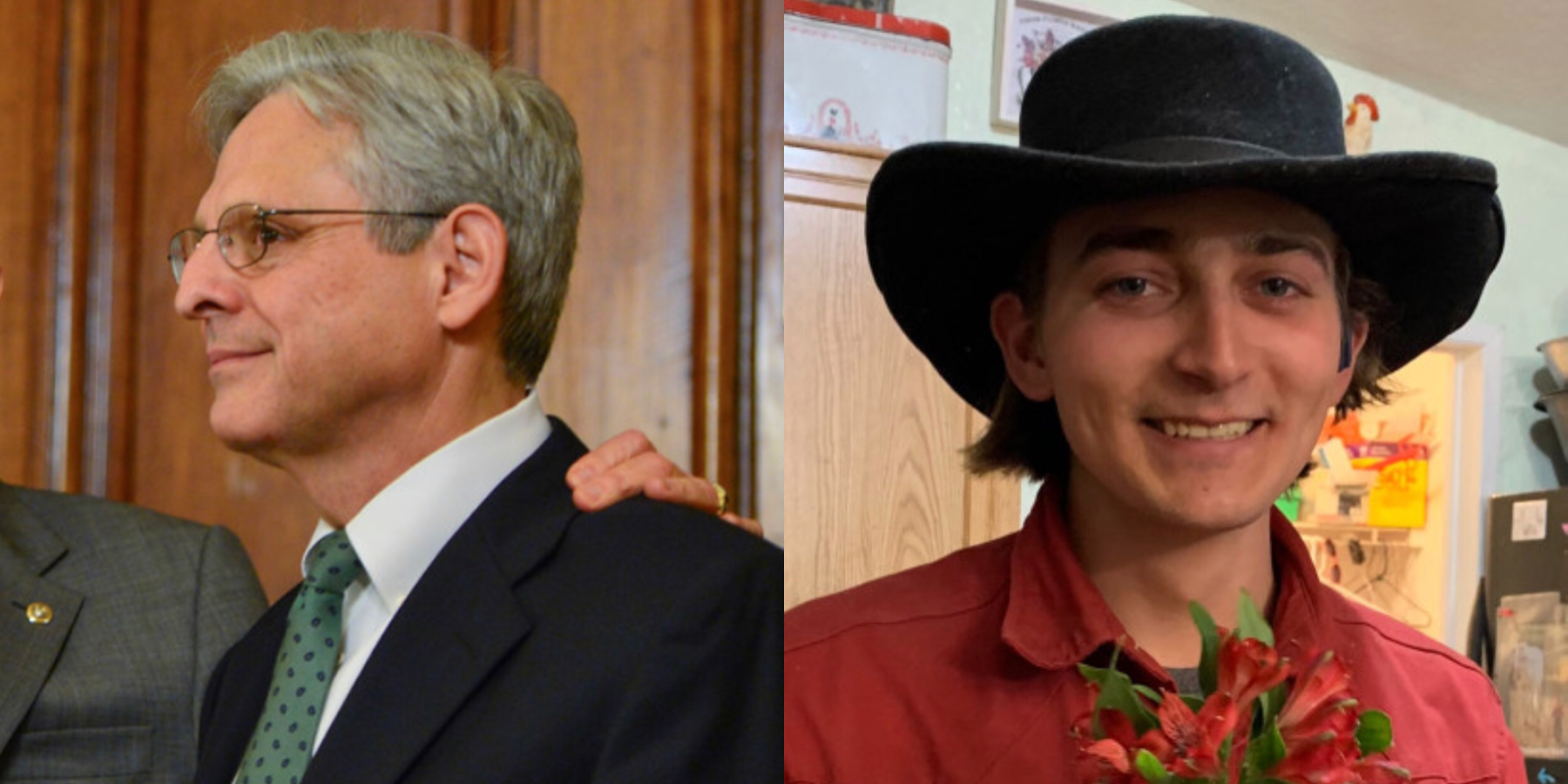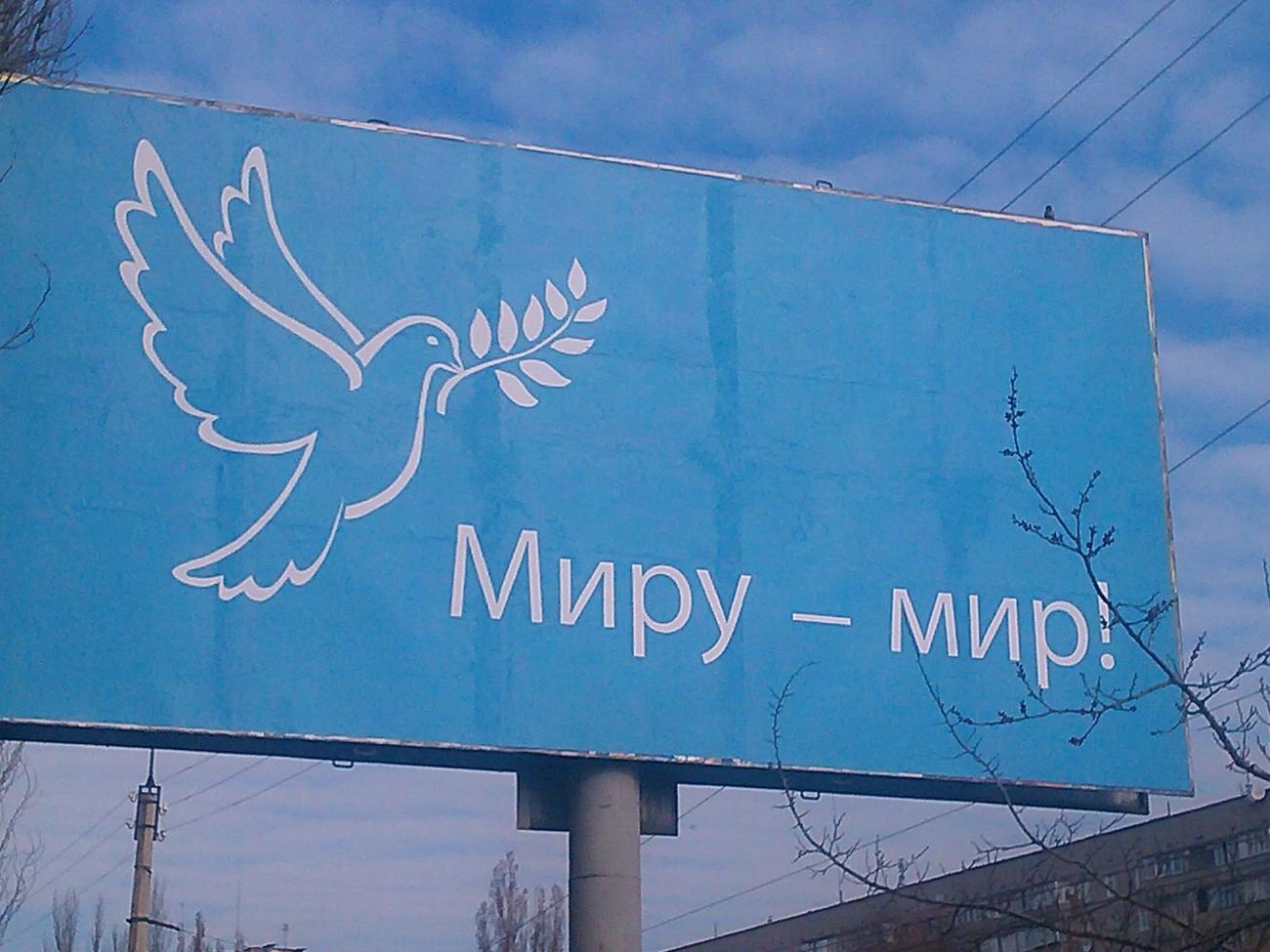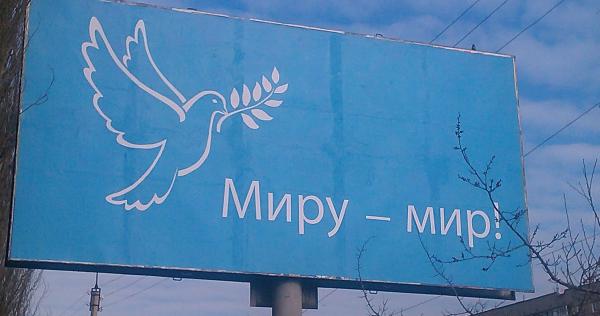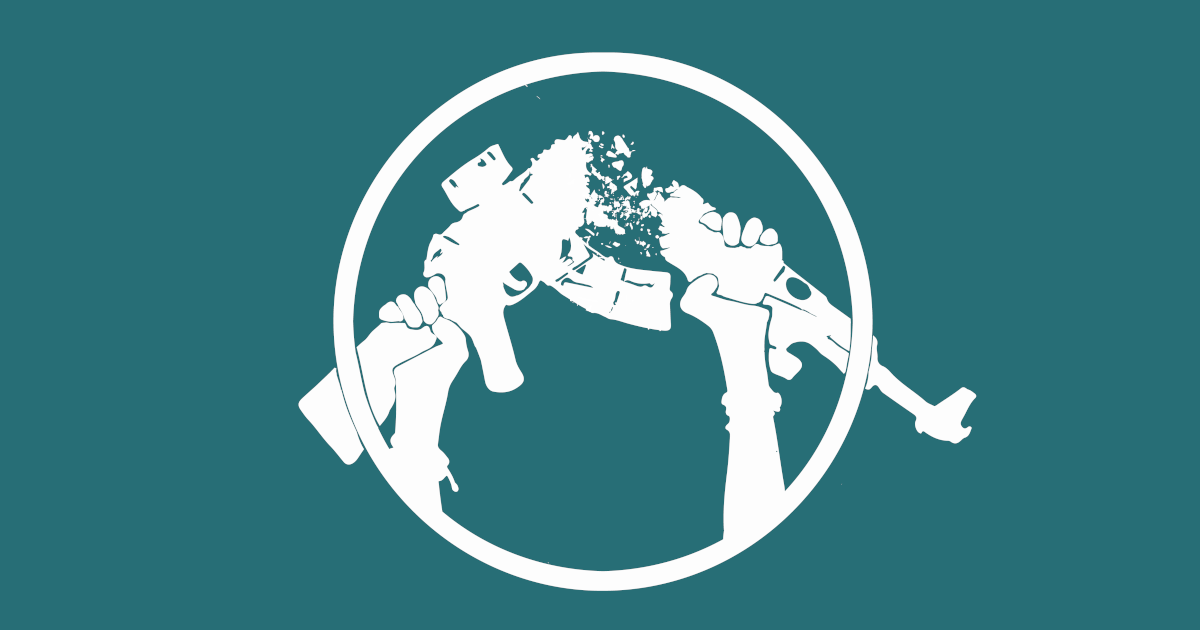https://www.commondreams.org/opinion/viking-economics-democratic-socialism
A Nonviolent Revolution, Viking-Style
GEORGE LAKEY
Dec 18, 2023
..."Some people believe the #Nordics do well these days because they are small and relatively homogeneous. But in the Nordic “bad old days” they were smaller, and much more homogeneous. They performed poorly because their economic #elites were running things. When an #oligarchy is in charge, misery is widespread no matter how small and homogeneous you are!
What changed among the Nordics to generate today’s high ratings? Their people who didn’t leave figured out how to use #nonviolent direct action campaigns to force their oligarchies to give up control.
...
By 1931 the Swedish economic elite was desperate to hold onto power. They used their government’s military and killed workers in a local but important strike. The labor movement responded to the killings by calling a national general #strike, supported by middle-class progressives, and took power.
Norwegian workers and farmers, eager to learn from both Danes and Swedes, then upped their level of struggle. The Norwegians had a more radical vision than did the Swedes—Lenin even invited Norwegian Labor Party leaders to join Russian revolutionary meetings in Moscow. The labor movement increased the level of strike activity, aiming to end the elite’s ownership of the means of production.
By then, however, Norway was caught by the 1930s’ Great Depression. Norwegians in poverty were starving while still trying to maintain their strikes. Given the pain and hardship, the Labor Party decided not to continue the struggle to make a full-scale victory and instead to settle for social democracy, which was less expansive than their version of a new society.
The coalition of workers and farmers agreed to let the capitalists continue to own and manage their means of production, but required them to accept complete unionization, a high degree of regulation, huge taxes on large incomes and capital, and accept a large sector of co-ops as well as many municipally-owned and nationally-owned enterprises.
Most importantly, the Norwegian economic elite would have to give up their power to run the economy as a whole: big-picture decisions would be made by the working class and family farmers, through their dominance in parliament.
A growing number of mass strikes forced the Norwegian economic elite to surrender. The Labor Party—the most socialist of the Nordic workers parties—then basically ran the country for half a century."...
